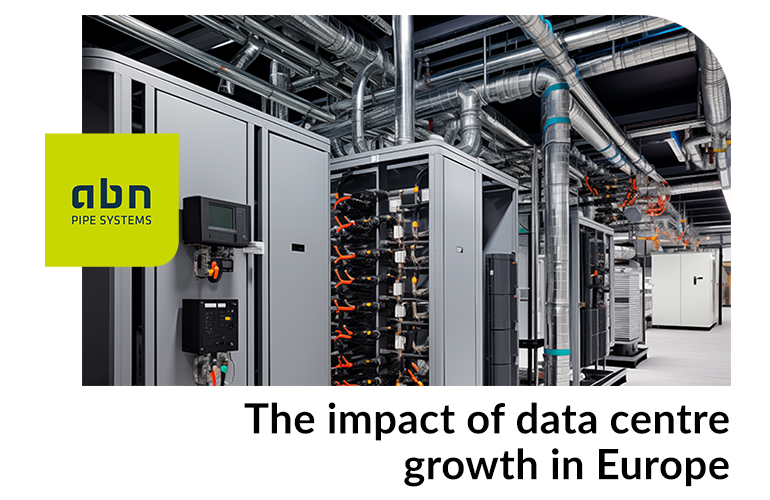The high demand for cloud services and the continuous movement of large amounts of data means that the entire volume of information has to be housed in specialised centres, better known as data centres.
Europe, in particular, is experiencing a boom in the construction and expansion of these technology nodes. Según datos de Savills, el continente necesitará alcanzar 20.750 MW de capacidad en data centers en 2025 para poder satisfacer el aumento de la demanda.
In this context, Spain is projected as the ideal location for European data centres thanks to its privileged location and its proximity to maritime cable connection points. For this reason, it is very important that these infrastructures are properly maintained to ensure that our centres continue to be engines of innovation and progress in the future.
Data centres as a technology engine
Data centres are the heart of any digital system. Inside, huge amounts of data are stored, processed and distributed, ranging from company information to the photos and videos that are constantly shared online. Thanks to these centres, it is possible to access e-mails, surf the Internet and shop online.
However, its high capacities and efficiency are no coincidence. Data centres are made up of a series of complex systems, each of which is designed and operated with great precision. From hardware design to data management systems and software, everything must be in sync to ensure optimal performance and uninterrupted availability.
The importance of infrastructure
As the number of such information centres has increased, the number of buildings housing them has grown. Due to the layout of the equipment and the demands of prolonged operation, these infrastructure installations require stability and reliability, and specifically:
- The water supply system must be absolutely reliable and watertight.
- The computer system needs long-term continuous operation, so air-conditioning systems require high stability.
- The temperature and humidity in the computer system environment must be constant and must be precisely controllable.
- With increasing operation and maintenance requirements, air conditioning installations require immediate technical support.
The role of pre-insulated pipes
It is important to keep in mind that in the data centres any type of leakage damage is critical, as if any of the equipment comes into contact with water it could trigger a short circuit and shut down the operating systems, making the failure an unquantifiable problem. Piping is therefore a critical element.
For this reason, pre-insulated pipes are the most suitable element for this type of installation, in which the water network plays a vital role.
Pre-insulated pipes are those that are composed of an inner pipe, the insulation and a jacket or outer pipe, so it is not necessary to add a thermal insulator externally. These pipes are designed to prevent possible leaks or breaks and, as a consequence, possible energy losses. Therefore, its use brings multiple benefits.
In these constructions, the pipes are responsible for maintaining an optimum temperature. Server systems and computer equipment generate a great deal of heat, so keeping the temperature within safe limits is essential to avoid failures and data loss.
In addition, the choice of the right pre-insulated pipes also has a significant impact on the energy efficiency of data centres. Proper insulation reduces heat loss, which means that less energy is needed to maintain the ideal temperature. This not only reduces operational costs, but also contributes to the long-term sustainability of data centres.
By installing high-quality, pre-insulated piping, data centre operators are investing in durability, efficiency and sustainability in their facilities; as these systems not only optimise current performance, but also pave the way for future growth and technology evolution.
